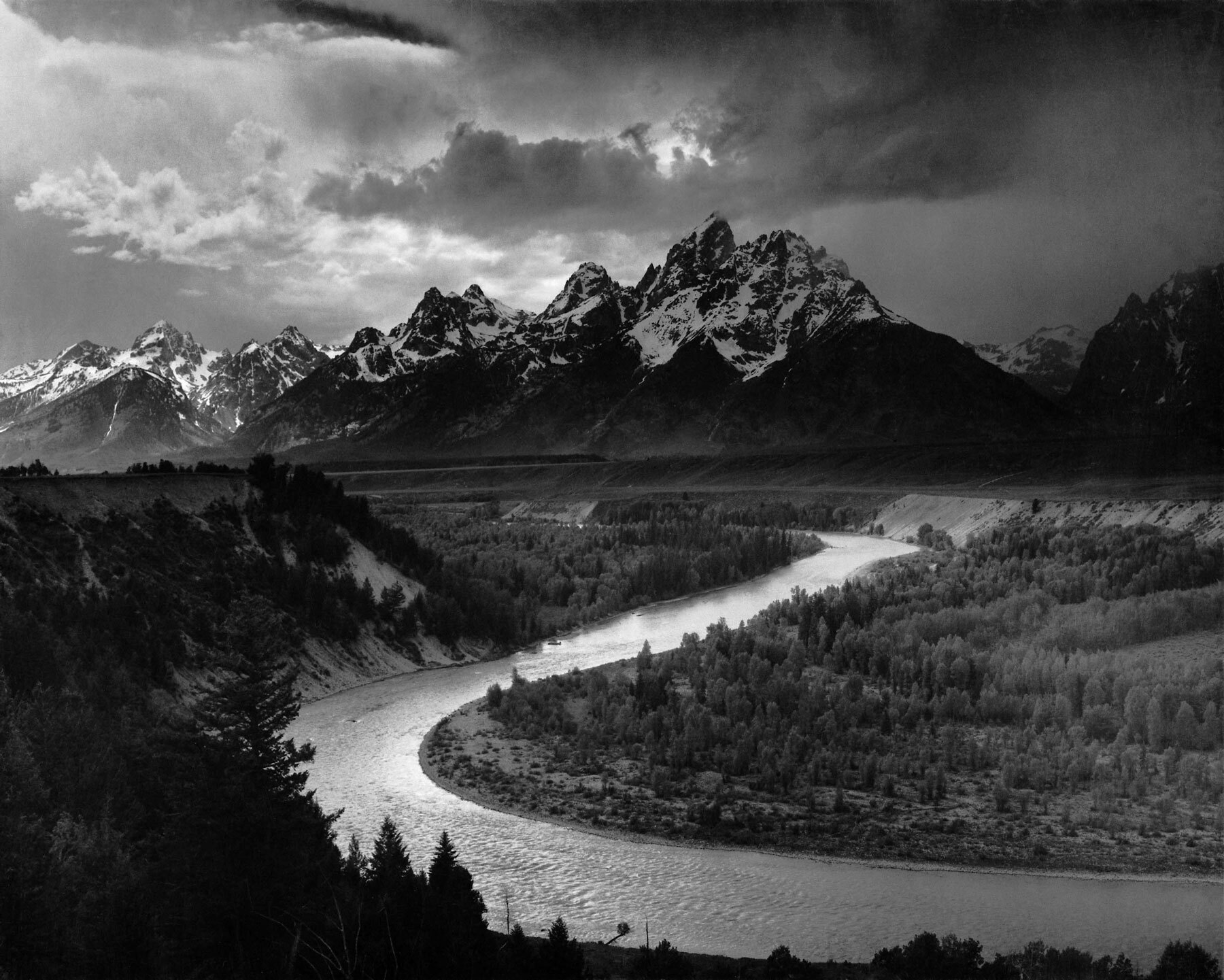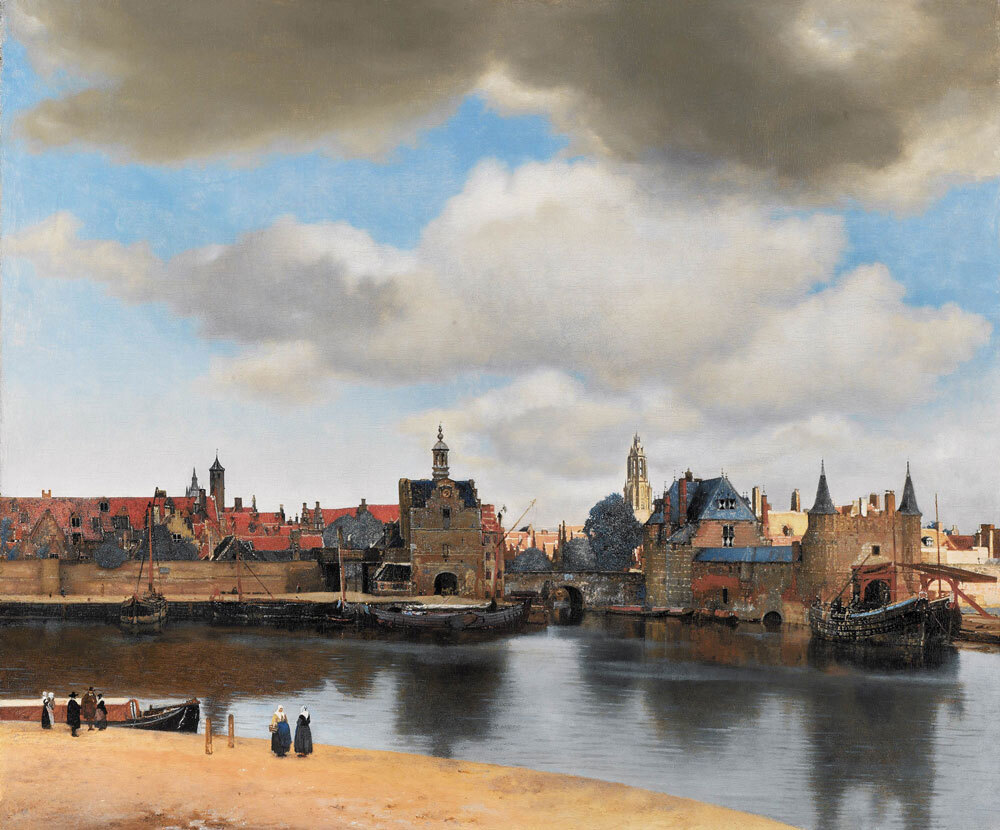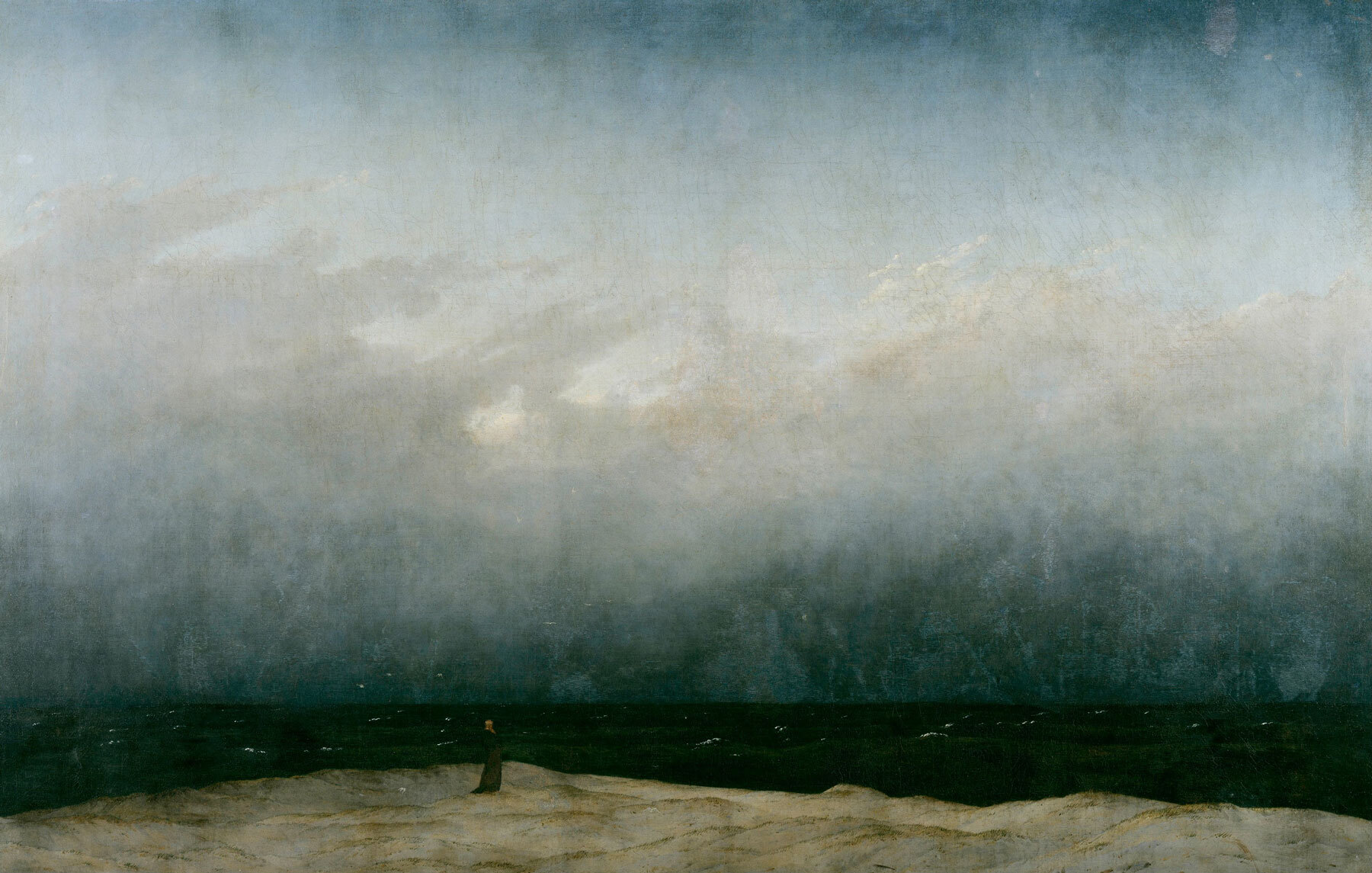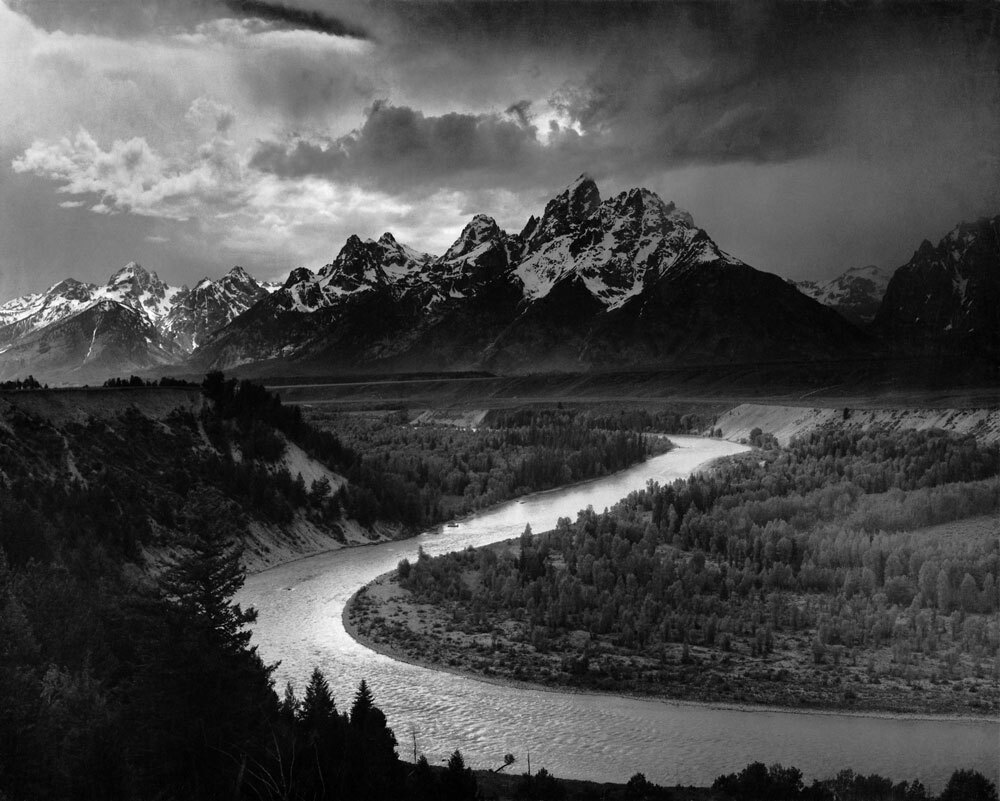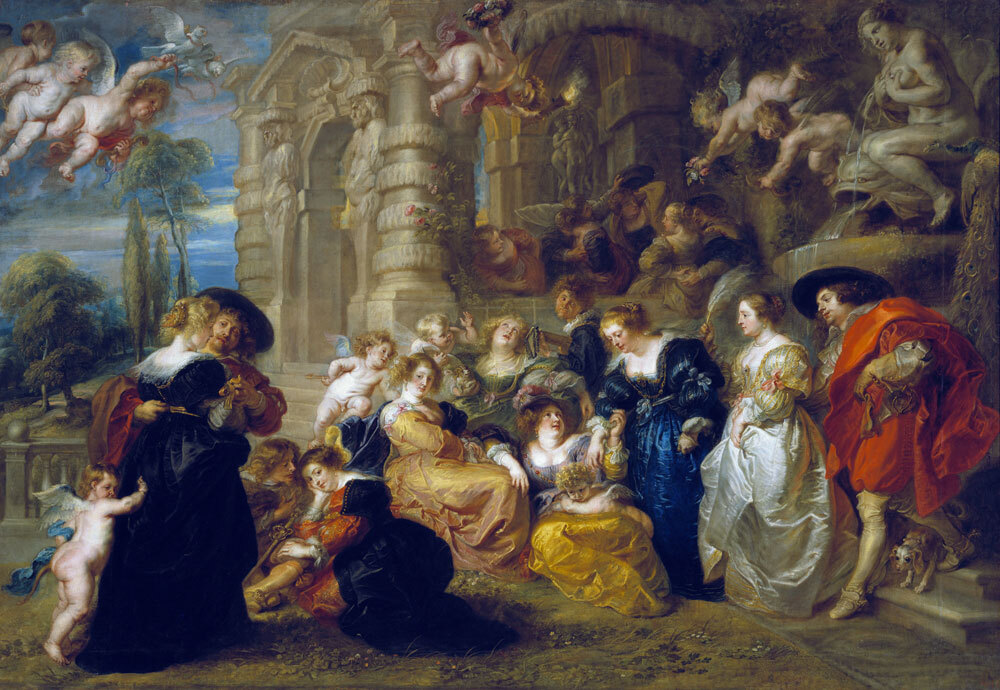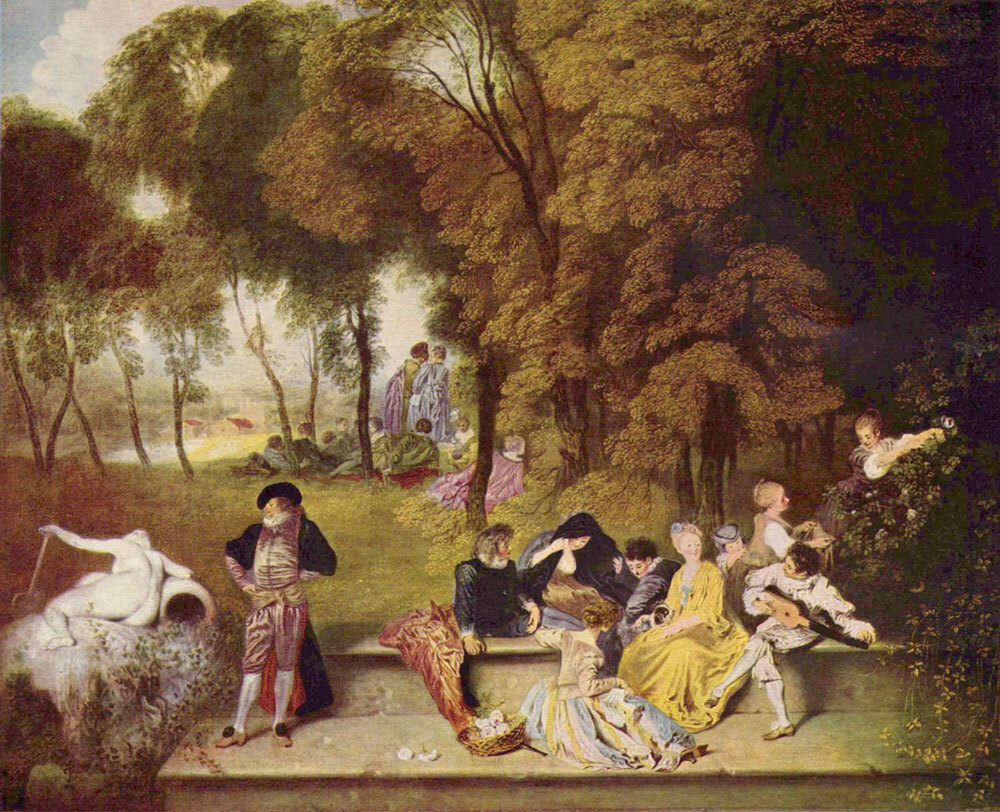According to the creation myth of the Old Testament, God created the world in six days. Even at a very early stage, paintings were used as a means of giving visible form to these words of faith. The wing of the Petri Altar (fig. 2) depicts God during the act of creation, surrounded by a bustling mass of animals that live on the land, in the water and in the air. Apart from a tiny piece of earth that provides the Creator and these land animals some ground upon which to stand, the painting is set against a monochrome golden background, which represents both the water and the ether. The reference in the painting to the origins of nature is realised symbolically in line with the imagination of the viewer. The natural environment is represented in the painting as an abstract “field of colour”. It is notable that human form has been used to represent another unrepresentable quality, the Divine.
Almost 200 years later, Lucas Cranach the Elder presents us with the Garden of Eden as a landscape painting (fig. 1), in which nature becomes the setting for the bible story. The fictional landscape is full of rich greenery and, in the background, a rocky outcrop can be seen beyond a small pond. Groups of animals are placed between the trees and bushes, the space is clearly structured and tapers towards the rear to create the illusion of “three-dimensionality”. Great attention is paid to the representation of natural phenomena, each blade of grass is executed in great detail and suggests “realism”. Upon closer examination, however, this intense depiction of nature doesn’t show us a nature that emanates from the singularity of the outward appearances of the individual elements but, rather, a standardised form of nature, a typical “tree”, a generalised human image, etc. It is thus no surprise that, with the help of these “characteristic appearances”, the painter simultaneously visualises all episodes, from the creation of humanity to the expulsion from paradise, against the same natural background.

